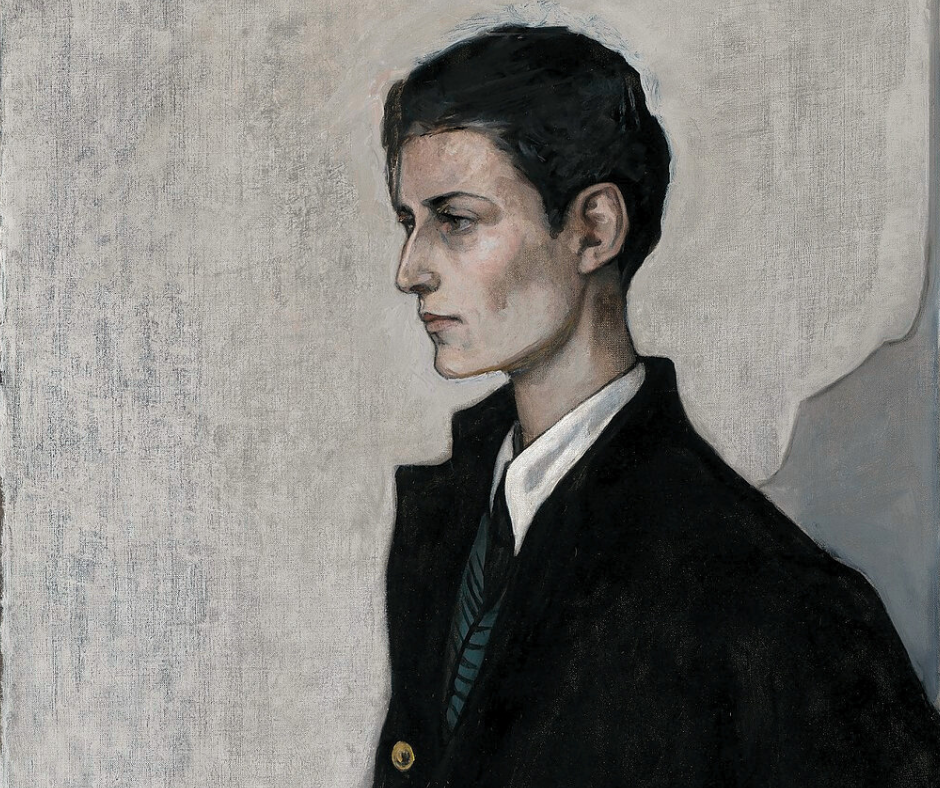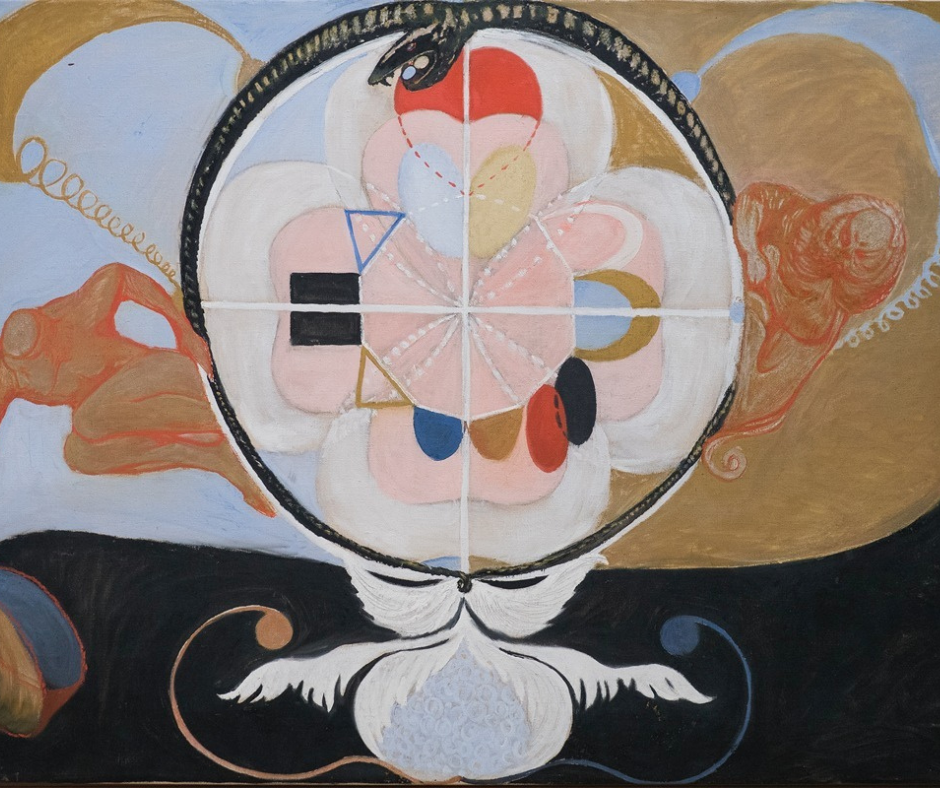
Honoring Exceptional Individuals: All About the Guggenheim Fellowship
Summary
Reflection Questions
Journal Prompt
Established in the early 20th century, the Guggenheim Fellowship has been instrumental in aiding individuals who demonstrate exceptional capacity for productive scholarship or exceptional creative ability in the arts. Recognized globally, the Guggenheim Fellowship is not merely a grant; it is a symbol of intellectual and artistic achievement, acknowledging and nurturing the talents of its recipients. The impact of this fellowship is evident in the significant contributions of its awardees, spanning a diverse range of disciplines, thereby enriching and advancing the realms of knowledge and culture. In this article, we will take a look at the award and list a few recent Guggenheim fellows.
Are the Guggenheim Fellowships and Guggenheim Museums Related?
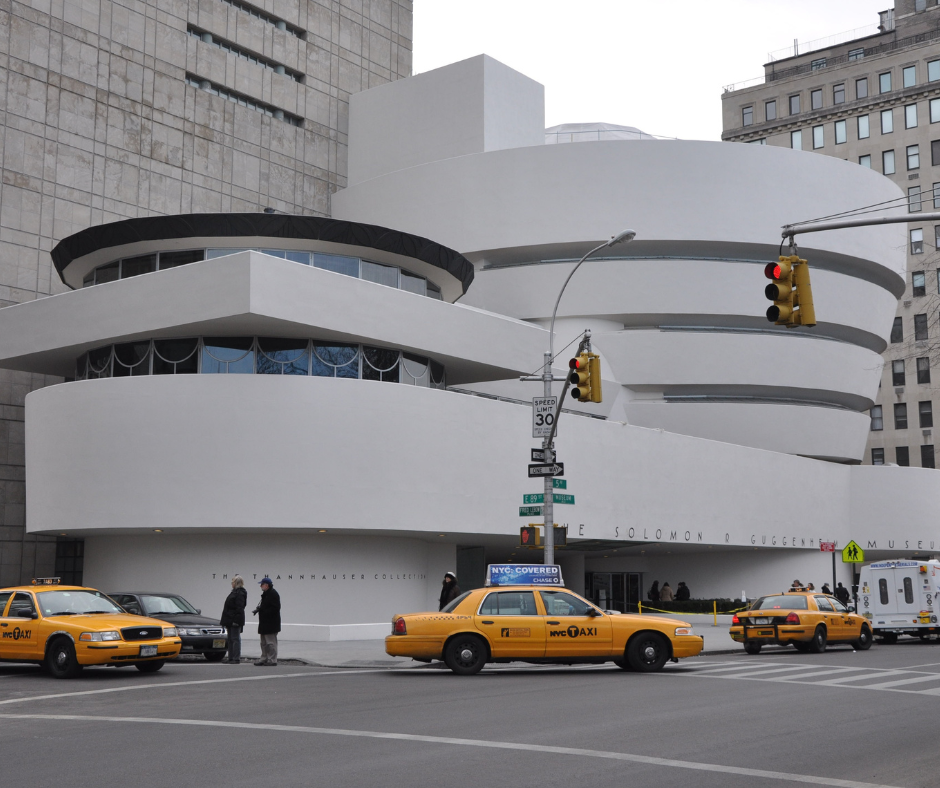
The Guggenheim Fellowship and the Guggenheim Museum are related in name and historical origin, both being part of the legacy of the Guggenheim family, but they serve different purposes and are operated by separate organizations.
Guggenheim Fellowship: This fellowship program is administered by the John Simon Guggenheim Memorial Foundation. It was established in 1925 by Senator Simon and Olga Guggenheim in memory of their son, John Simon Guggenheim. The fellowship is designed to support individuals in pursuit of scholarly and artistic endeavors. It provides grants to scholars, writers, and artists, allowing them the freedom to work with fewer financial constraints.
Guggenheim Museum: The Solomon R. Guggenheim Museum, on the other hand, is an art museum located in New York City. It was founded by Solomon R. Guggenheim, a member of the same family, but a different individual. Established much later, in 1939, as the Museum of Non-Objective Painting, it was later renamed to honor its founder. The museum is renowned for its collection of modern and contemporary art and its unique architecture, designed by Frank Lloyd Wright.
While both the fellowship and the museum are part of the broader Guggenheim family’s philanthropic efforts in the arts and education, they function independently of each other, each serving its specific mission in the cultural and academic landscape.
History and Background of the Guggenheim Fellowship
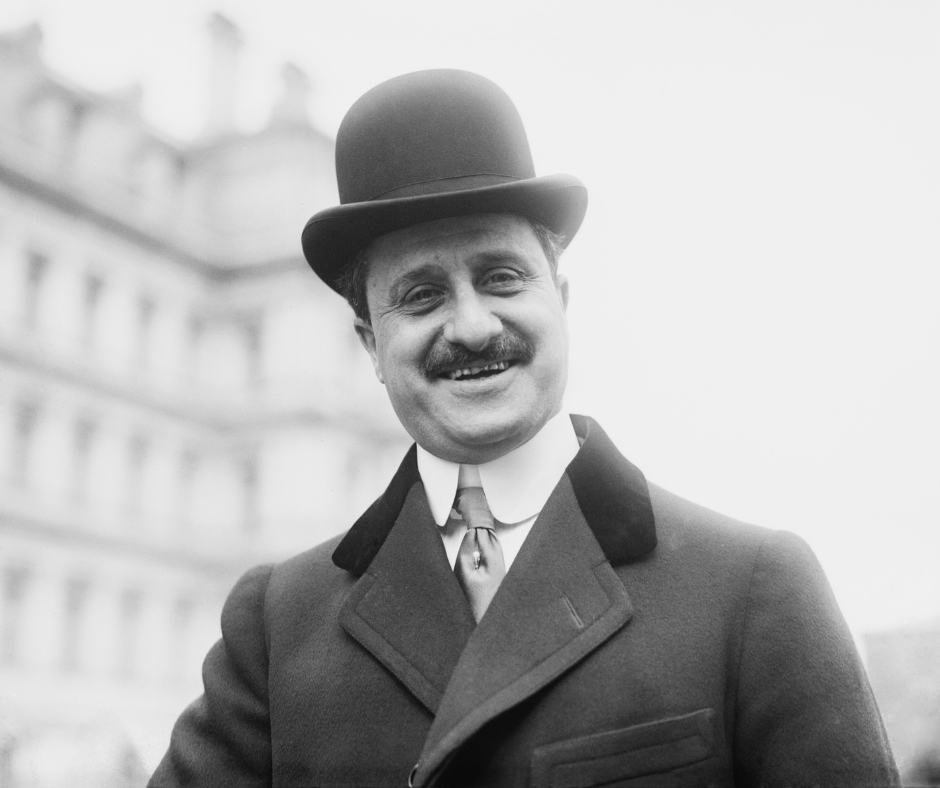
The Guggenheim Fellowship, established in 1925, was the brainchild of Senator Simon and Olga Guggenheim in memory of their son, John Simon Guggenheim. This initiative was born out of a vision to foster and support the creative and scholarly potential of artists and academics without the constraints often imposed by traditional funding sources.
The founders sought to create a platform that provided both financial support and recognition to individuals who demonstrated exceptional promise and talent in their respective fields. This vision was rooted in the belief that unencumbered support could unlock unprecedented levels of creativity and innovation.
The Guggenheim Fellowship thus set out with a mission to advance the development and dissemination of knowledge and arts, by supporting the work of professionals who had the potential to make significant contributions to their disciplines. Today, it is supported by the Guggenheim Foundation.
About the Fellowship
Criteria and Selection Process
The Guggenheim Fellowship’s selection process is marked by a stringent set of criteria and a meticulous evaluation procedure, designed to identify and support individuals with exceptional talent and promise. Eligibility for the fellowship is broad, encompassing citizens and permanent residents of the United States and Canada, as well as citizens of Latin American and Caribbean countries.
Applicants are required to demonstrate significant achievement in their field, typically through a robust portfolio of work or scholarly contributions. The selection process itself is highly competitive and conducted by a committee of experts who assess candidates based on demonstrated exceptional ability and a well-founded promise of future accomplishment.
The fellowship does not operate on the basis of specific project proposals but focuses on the individual’s overall contribution and potential in their respective field. This approach ensures that the fellowship is awarded to those who show promise of continued impactful work, making the Guggenheim Fellowship a testament to both past achievement and future potential.
Purpose and Impact
The Guggenheim Fellowship’s primary goal is to provide recipients with the financial support and freedom necessary to pursue their creative or scholarly work with minimal constraints. This objective is grounded in the belief that unfettered support is crucial for fostering innovation and excellence.
The impact of the fellowship on the careers of its recipients is profound; it often catalyzes significant professional breakthroughs. The grant allows scholars and artists who have demonstrated exceptional capacity within their field to dedicate time exclusively to their work, leading to notable advancements in research, the creation of seminal works of art, and the development of groundbreaking ideas.
For instance, the fellowship has enabled writers to complete influential novels, artists to create pivotal pieces, and researchers to undertake pivotal studies that have made substantial contributions to their fields. These achievements underscore the Guggenheim Fellowship’s role not only in supporting individual careers but also in enriching the broader landscape of arts and academia.
Fuel your creative fire & be a part of a supportive community that values how you love to live.
subscribe to our newsletter
*please check your Spam folder for the latest DesignDash Magazine issue immediately after subscription

Fields and Disciplines Covered
The Guggenheim Fellowship embraces a wide array of fields and disciplines, underscoring its commitment to diversity in intellectual and creative pursuits. Eligible disciplines span the humanities, social sciences, natural sciences, and the arts. This includes, but is not limited to, areas such as literature, history, physics, biology, fine arts, environmental studies, and music composition.
The Fellowship’s support extends to an eclectic mix of projects and research endeavors, ranging from theoretical studies in sociology or biology to creative endeavors in poetry, painting, or music. This diversity is a testament to the Fellowship’s recognition of the multifaceted nature of human knowledge and artistic expression.
By encompassing such a broad spectrum of disciplines, the Guggenheim Fellowship ensures that its impact resonates across various sectors of the academic and artistic communities, fostering a rich tapestry of cultural and scientific advancement.
Notable Recipients
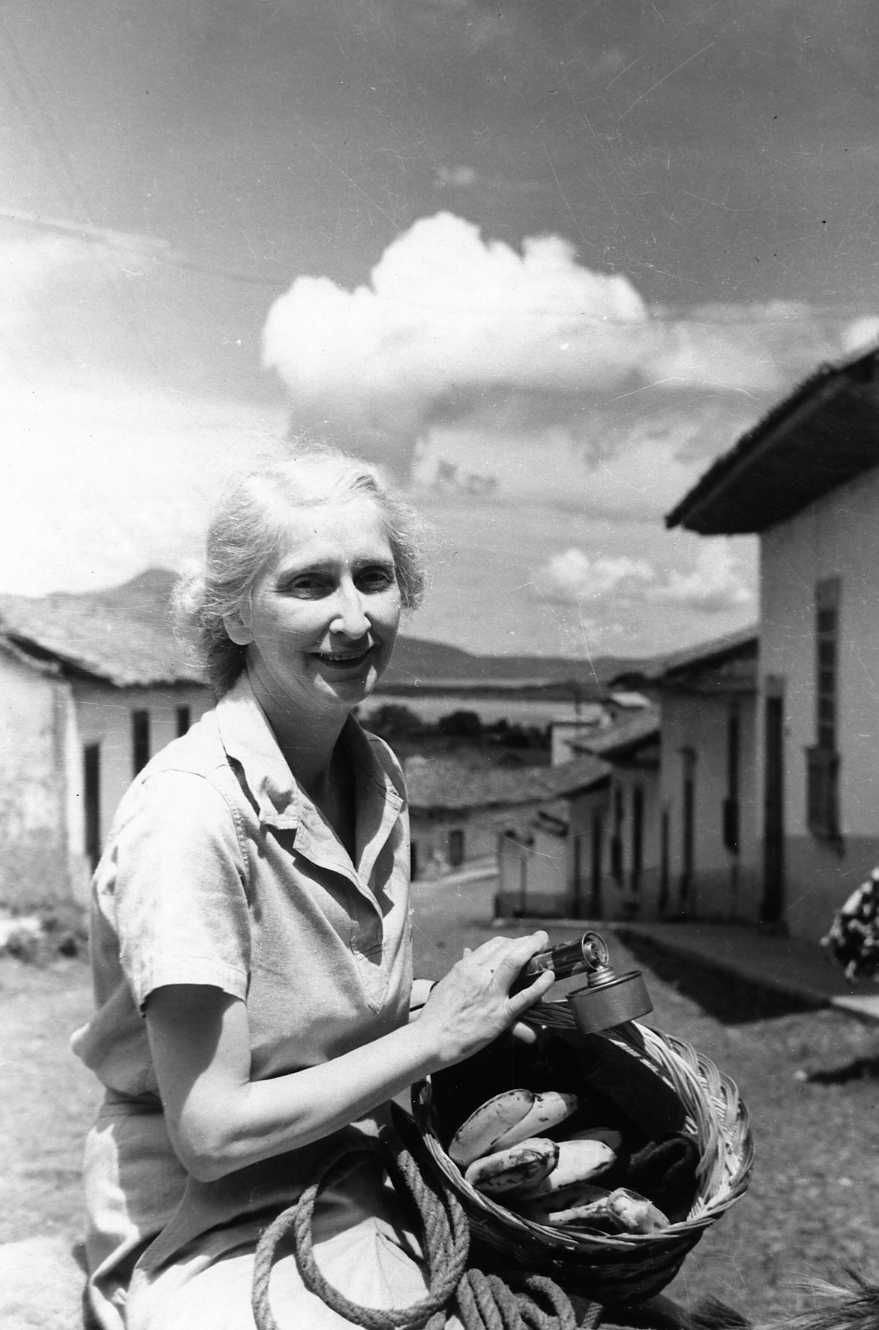
The roster of Guggenheim Fellows is adorned with numerous eminent figures who have made significant contributions in their respective fields. In the realm of literature, recipients include celebrated authors like Ralph Ellison, known for his novel “Invisible Man,” and poet Sylvia Plath, acclaimed for her poignant and introspective work.
In the field of science, notable fellows include Linus Pauling, a two-time Nobel Laureate known for his research in chemistry and peace activism, and Barbara McClintock, a pioneer in the study of genetics. The arts have been equally represented by influential figures such as composer Aaron Copland, who reshaped American classical music, and visual artist Jacob Lawrence, renowned for his portrayal of African-American life and history. Ohio State University art history professor Julia Andrews also received a fellowship and used her grant funds for research.
Each of these individuals, among many others, stands as a testament to the Guggenheim Fellowship’s role in supporting and elevating exceptional talent across a broad spectrum of human endeavors.
Final Thoughts on the Guggenheim Memorial Foundation and Fellowships
The Guggenheim Fellowship has played a pivotal role in fostering academic and artistic excellence, serving as a vital conduit for the advancement of knowledge and creativity. By providing financial support and recognition to a diverse array of scholars and artists, the Fellowship has not only nurtured individual careers but has also contributed significantly to the broader cultural and intellectual landscape. The enduring importance of the Guggenheim Fellowship lies in its commitment to upholding the freedom and integrity of intellectual and creative pursuits. As a beacon of support for those pushing the boundaries of their disciplines, the Fellowship continues to be instrumental in shaping the future of academic and artistic endeavors, thereby reinforcing its enduring legacy as a cornerstone of cultural and scholarly development.





